Broccoli – you either love it or you avoid it. But did you know that this green vegetable contains a special substance that does much more than just provide an intense flavor? Sulforaphane is a bioactive plant compound and is being increasingly researched. It can affect the body in numerous ways and support health. Current research is investigating, among other things, how sulforaphane It could influence processes in the body related to longevity . But how exactly does this work? And how can you ensure you're getting enough of it? Learn here why sulforaphane is so fascinating and how you can maximize its benefits for your health!
The most important things in brief
Sulforaphane is a bioactive plant compound found primarily in broccoli and is activated by cutting or chewing.
Sulforaphane is formed when cruciferous vegetables are cut or chewed, releasing the enzyme myrosinase , which converts the precursor glucoraphanin into sulforaphane.
Sulforaphane supports the body's defense mechanisms by activating Nrf2.
What is sulforaphane?
Sulforaphane is a bioactive compound found primarily in vegetables of the cruciferous family , such as broccoli. But do you know what happens when you cut or chew broccoli? This triggers a chemical reaction that delivers valuable substances to your body.
Cruciferous vegetables contain a lot of glucosinolates, a group of secondary plant substances. One of these substances is glucoraphanin , the precursor to sulforaphane. As long as the plant is intact, glucoraphanin remains stable. But as soon as you cut broccoli or When you chew, an enzyme called myrosinase is released. Myrosinase converts glucoraphanin into sulforaphane.
This conversion is a natural defense mechanism of the plant: In nature, sulforaphane helps deter predators. However, for humans, it offers numerous health benefits, which is why it has been increasingly studied scientifically in recent years (1).
Which vegetables are rich in sulforaphane?
A particularly well-known example of glucosinolates and sulforaphane is broccoli , especially its sprouts and seeds. However, many other vegetables from the cruciferous family also contain these valuable plant substances. Glucosinolates are responsible for the bitter taste and pungent smell that characterize these vegetables:
Various brassicas
arugula
- horseradish
-
radish
Swedes
Watercress (2)

How does sulforaphane work in the body?
Sulforaphane stimulates the body to start its own antioxidant reaction. This happens when sulforaphane binds to a special protein called N rf 2 ( nuclear factor erythroid 2). Nrf2 is a transcription factor, a protein that binds to specific sites in DNA and enhances the expression of certain genes , known as gene expression. Nrf2 is present in almost all tissues, with particularly high concentrations in the kidneys, muscles, lungs, heart, liver, and brain.
By activating N rf 2, sulforaphane increases the expression of genes responsible for the production of the body's own antioxidant enzymes . These enzymes help the body neutralize harmful free radicals and significantly increase protection against oxidative stress. In this way, sulforaphane contributes to strengthening the body's defense mechanisms and better protecting cells from harmful influences (3) .

How does sulforaphane help detoxify the body?
Sulforaphane also supports the body's natural detoxification system by activating Nrf2 . It causes the body to produce more detoxification enzymes, such as glutathione S-transferase (GST). These enzymes help the body break down and excrete harmful substances such as environmental toxins, harmful ingredients in food, or metabolic waste products more quickly (4) .
Especially today, when we are exposed to environmental toxins and harmful ingredients in food and cosmetics on a daily basis, this mechanism is becoming increasingly important. Studies on smokers even show that sulforaphane can help remove pollutants from the respiratory tract and reduce cell damage (5, 6).

Sulforaphane has proven to be a true key factor in the field Longevity has been established. Longevity, or the pursuit of a long, vital life, is a topic that increasingly excites more and more people who want to maintain an active and healthy lifestyle for as long as possible. A balanced diet containing powerful nutrients like sulforaphane plays just as important a role in this as a healthy lifestyle, a stress-free daily routine, and sufficient restful sleep . You can learn more about this here .
Can fresh vegetables provide enough sulforaphane?
Fresh foods like broccoli or broccoli sprouts can indeed be a valuable source of sulforaphane. However, there are a few things that make it difficult to utilize this substance's full potential :
Unfortunately, the content of glucosinolates, the precursors of sulforaphane, is not always constant. It varies depending on the broccoli variety and can even vary within individual heads.
Storage also plays a role: the glucosinolate content decreases over time.
Cooking and blanching destroy the enzyme myrosinase, which is crucial for the conversion to sulforaphane. When broccoli is cooked or blanched, this conversion is severely limited, and the valuable sulforaphane remains unused.
To maximize the production of sulforaphane , it's best to eat broccoli raw and chew thoroughly. This allows the two crucial components, glucoraphanin and myrosinase, to interact optimally. However, since raw broccoli is unappealing, it can be gently steamed for 3 to 5 minutes, which preserves enzyme activity (7).

Brassica PLUS addresses precisely these challenges: It offers genuine, bioavailable sulforaphane in a stabilized form, ensuring high bioavailability. One daily dose contains 10 mg of free sulforaphane , equivalent to approximately 3,600 mg of broccoli sprouts or 280,000 mg of fresh broccoli . Thanks to an innovative process, the potency remains virtually unchanged even after 365 days, enabling consistent dosing and long-lasting quality . This allows you to use sulforaphane specifically and safely, without fluctuations due to freshness or preparation of cruciferous vegetables.
Conclusion
Sulforaphane is a remarkable plant compound with diverse health benefits. Due to its role in the body, particularly in supporting detoxification processes and protecting against harmful influences, it is gaining increasing importance in research.
Since the natural conversion of glucoraphanin to sulforaphane depends heavily on the preparation, innovative solutions such as Brassica PLUS can be an effective way to ensure a constant and bioavailable sulforaphane intake.
Our expert
What is sulforaphane?
Sulforaphane is a bioactive compound found primarily in cruciferous vegetables such as broccoli.
How is sulforaphane formed?
Sulforaphane is produced when broccoli is cut or chewed, which activates the enzyme myrosinase and converts the precursor glucoraphanin into sulforaphane.
Can sulforaphane be found in other foods?
Yes, sulforaphane is also found in other cruciferous vegetables such as cabbage, arugula, radishes and horseradish.
Can cooking reduce sulforaphane levels?
Yes, cooking broccoli or other cruciferous vegetables can destroy myrosinase, preventing it from being converted to sulforaphane.
What is the advantage of Brassica PLUS over fresh broccoli?
Brassica PLUS contains real, bioavailable sulforaphane that is already stabilized and has high bioavailability, making it more effectively absorbed than raw or cooked cruciferous vegetables.
References for further reading:
- Bae M. Sulforaphane – The Hidden Treasure of Cruciferous Vegetables. Vitalstoffe 2019:34–7.
- Connolly EL, Sim M, Travica N, Marx W, Beasy G, Lynch GS et al. Glucosinolates From Cruciferous Vegetables and Their Potential Role in Chronic Disease: Investigating the Preclinical and Clinical Evidence. Front Pharmacol 2021; 12:767975. doi: 10.3389/fphar.2021.767975
- Houghton CA Sulforaphane: Its "Coming of Age" as a Clinically Relevant Nutraceutical in the Prevention and Treatment of Chronic Disease. Oxid Med Cell Longev 2019; 2019:2716870. doi: 10.1155/2019/2716870
- Kensler TW, Ng D, Carmella SG, Chen M, Jacobson LP, Muñoz A et al. Modulation of the metabolism of airborne pollutants by glucoraphanin-rich and sulforaphane-rich broccoli sprout beverages in Qidong, China. Carcinogenesis 2012; 33(1):101–7. doi: 10.1093/carcin/bgr229
- Riedl MA, Saxon A, Diaz-Sanchez D. Oral sulforaphane increases Phase II antioxidant enzymes in the human upper airway. Clin Immunol 2009; 130(3):244–51. doi: 10.1016/j.clim.2008.10.007
- Riso P, Martini D, Møller P, Loft S, Bonacina G, Moro M et al. DNA damage and repair activity after broccoli intake in young healthy smokers. Mutagenesis 2010; 25(6):595–602. doi: 10.1093/mutage/geq045
- Mr. I. Cruciferous vegetables in cancer therapy. Current Health News 2013; (8):52-56.


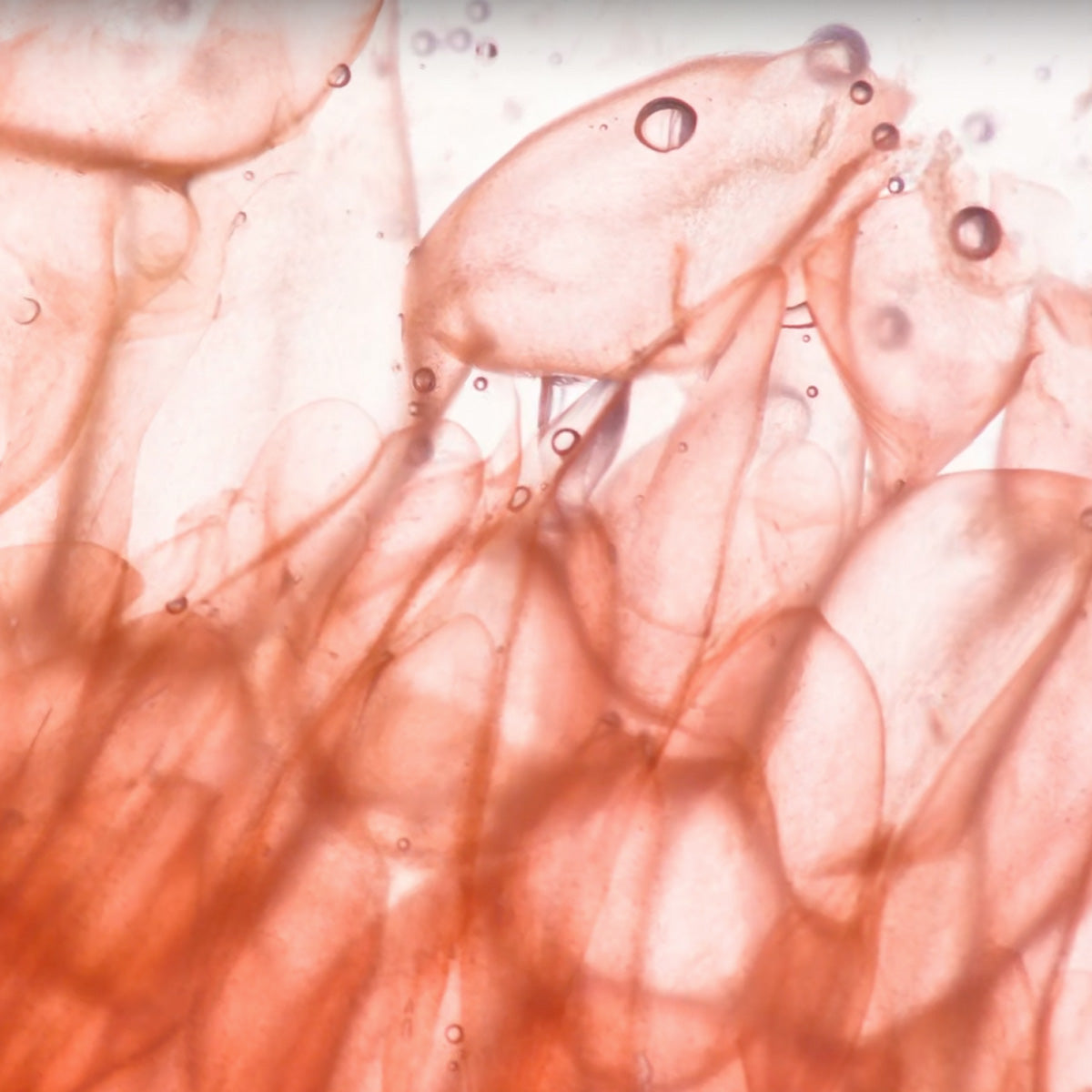
![Zinc Capsules [Zinc Bisglycinate]](http://cellavent.de/cdn/shop/files/CH_essentials-zink-kapseln-Produktbilder_2025.png?v=1760952204&width=104)


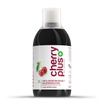

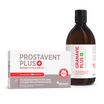
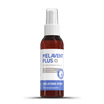
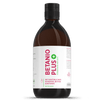

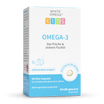
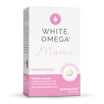
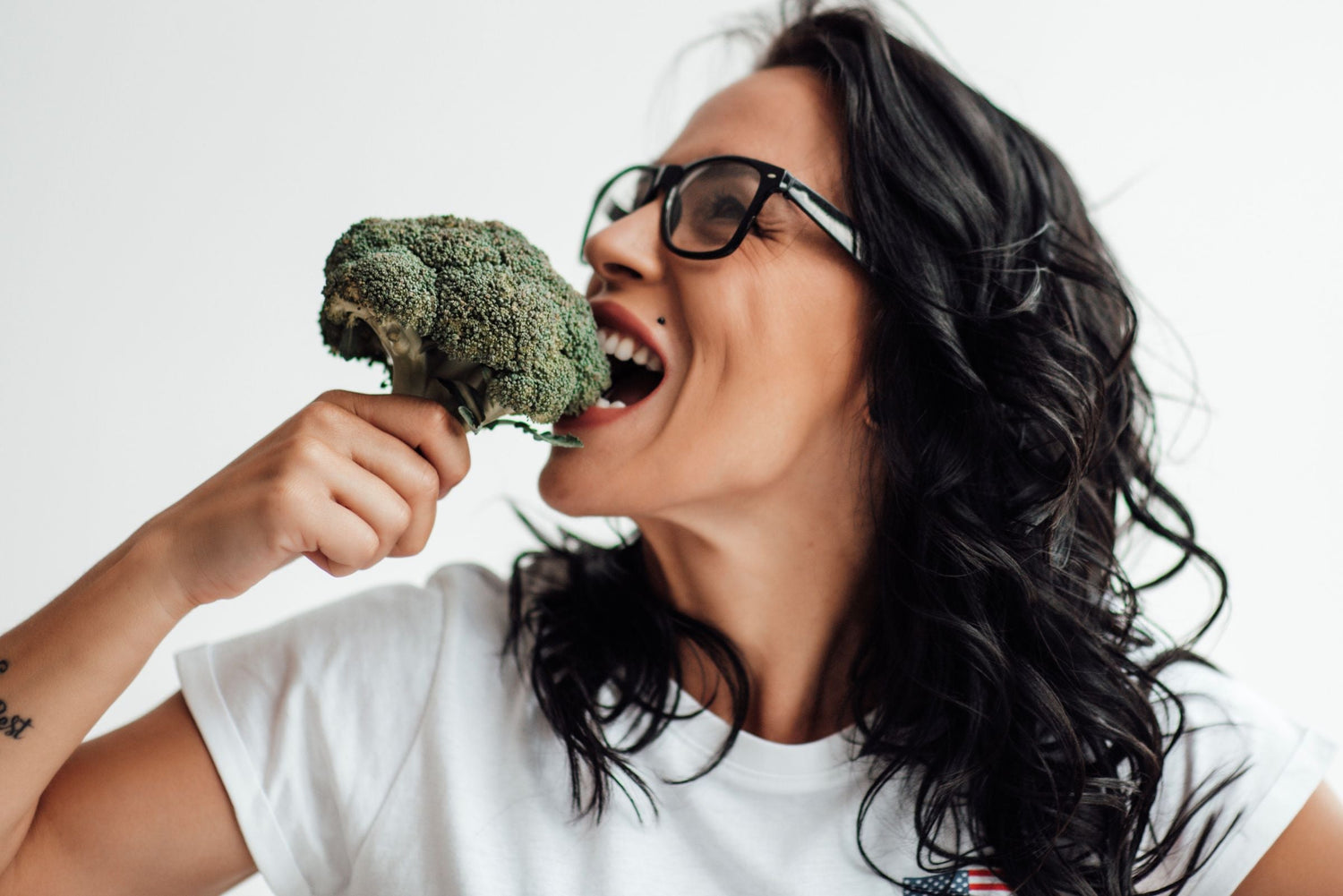

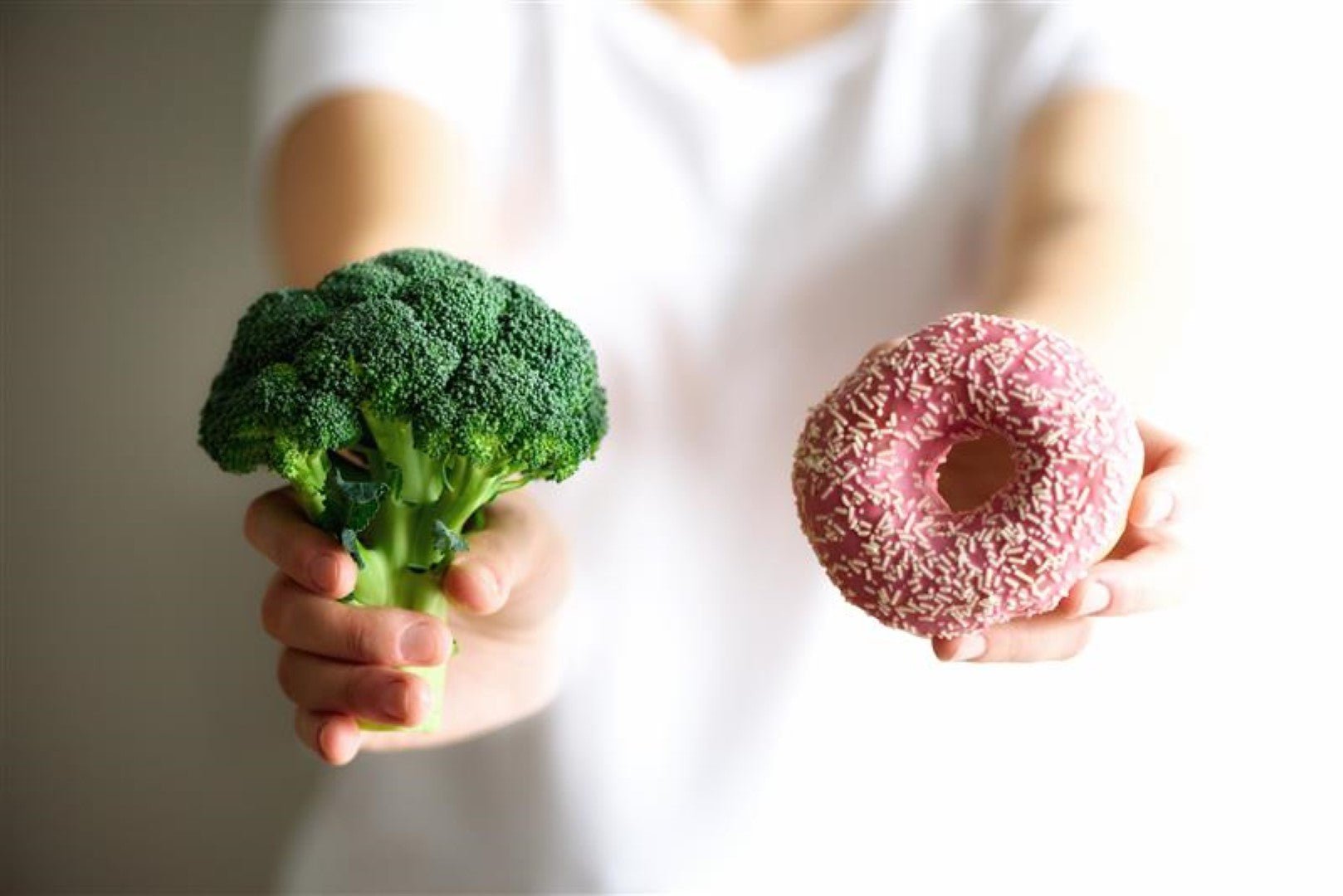
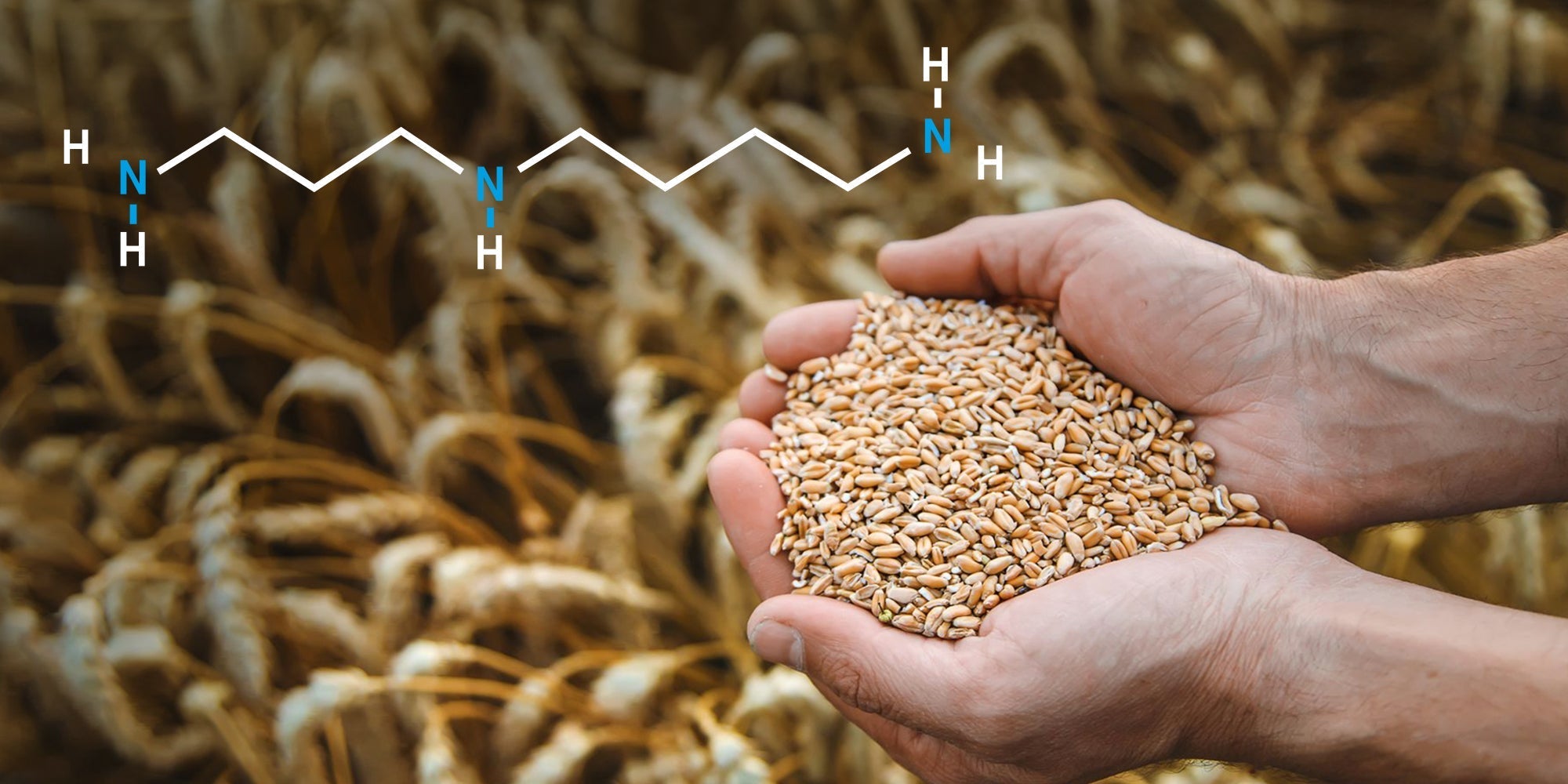
Leave a comment
This site is protected by hCaptcha and the hCaptcha Privacy Policy and Terms of Service apply.